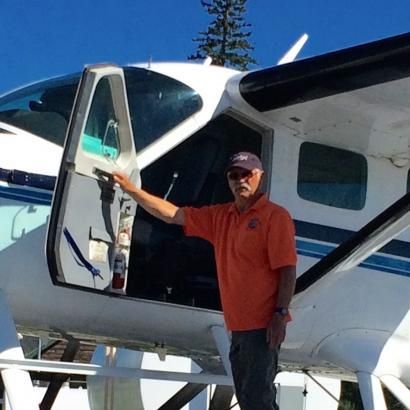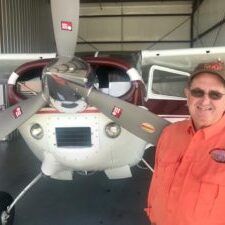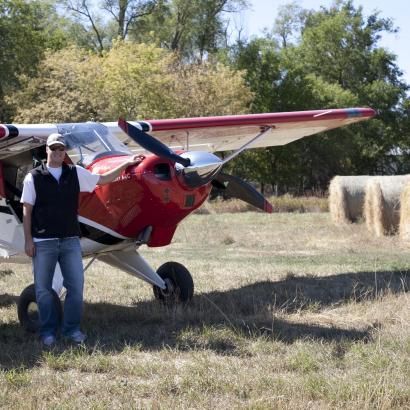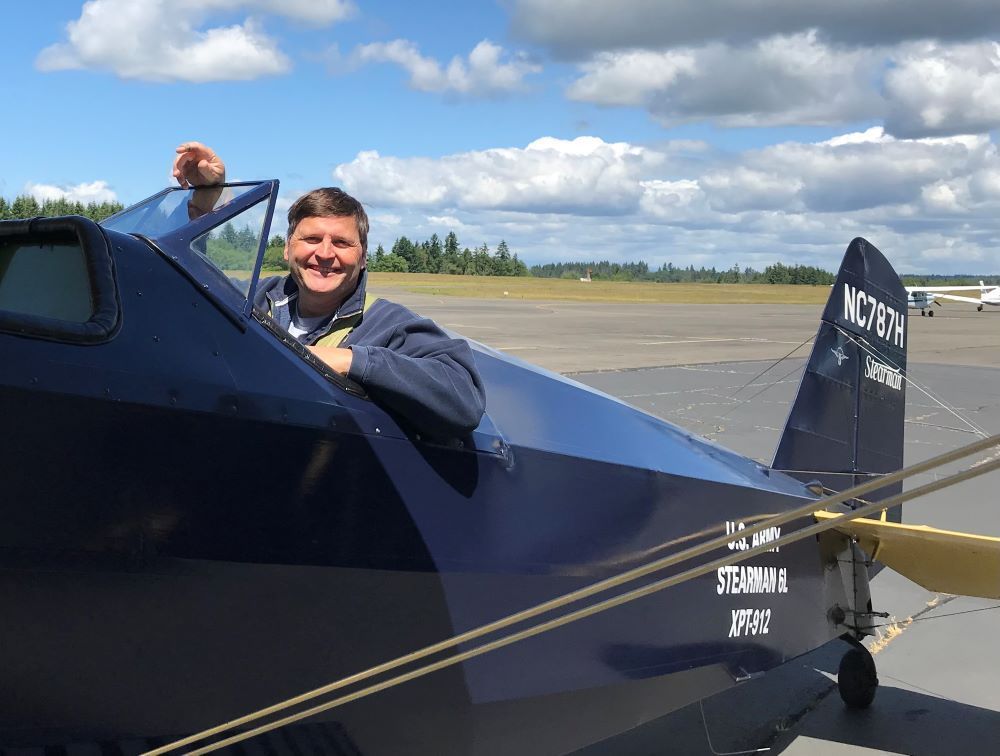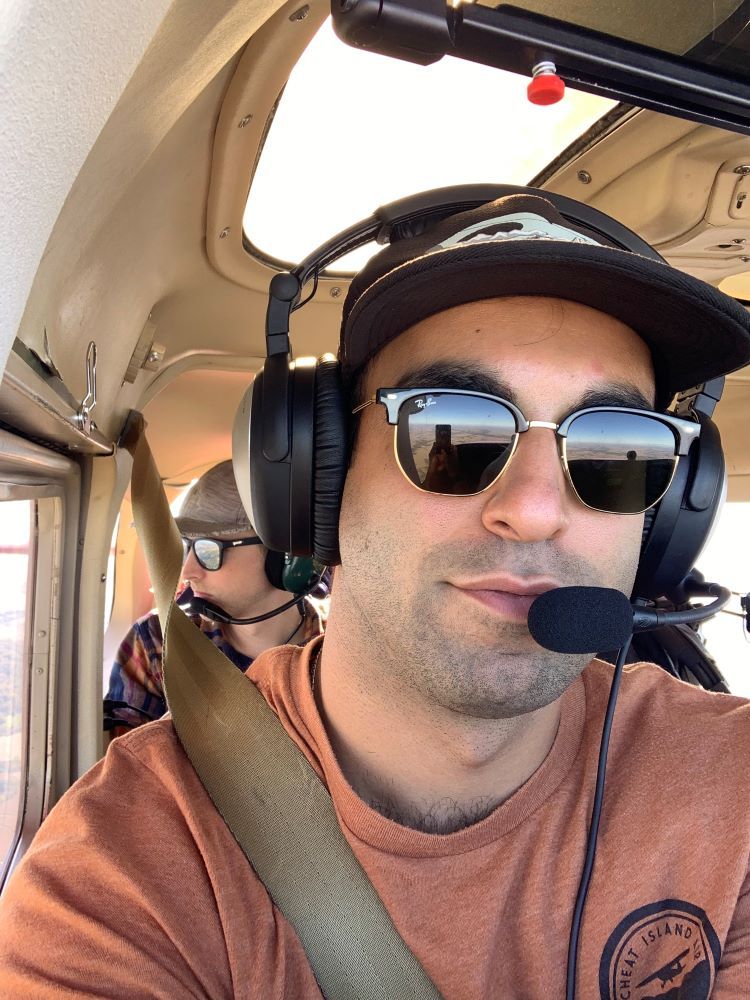LET’S BE CAREFUL OUT THERE
July 19, 2024
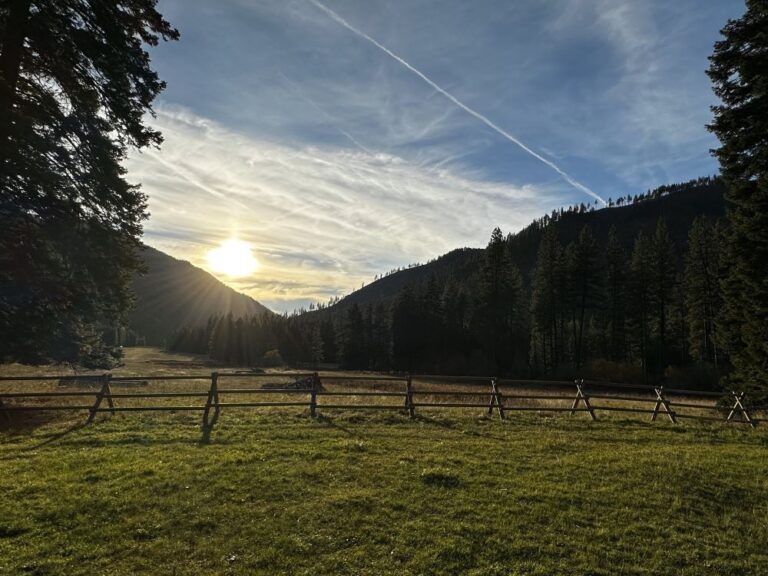
The number of backcountry accidents (13 in Idaho so far), a fatality, and near disaster at Smiley Creek has put all the pilot organizations on high alert this summer. The RAF has been a charter member of the AOPA – Air Safety Institute led Backcountry Safety Coalition since it began, and we are all feeling a full court press is necessary to hopefully get pilots’ attention. As RAF Chairman John McKenna notes, “Many don’t need to be taught, but rather, need to be reminded.” So here are a few things to consider when getting ready to fly into the backcountry this season.
The airlines have standardized a process known as “Threat and Error Management”. This is a “look forward” technique to brief not only the details of an approach and landing, but also a prediction of what could go wrong. Considering some of the accidents and near misses this year. Here are some practices that should help to better prepare you for your backcountry flight.
– What would I do if the pattern is full when I arrive? Overfly the pattern at 1000 ft above pattern altitude to assess the situation. Get traffic in sight and only join the pattern when it’s safe.
– Pick an abort point and stick to it. Overfly the field and choose an abort point that you are 100% confident would safely get you out of a bad approach. Once you choose it – use it! Don’t try to save a bad approach by applying all your superior airmanship skills. Just DO IT – go around.
– One fly-in, one portable. If you are organizing a fly-in, choose a capable pilot on the ground and have that person provide advisories to incoming aircraft. This isn’t an air traffic controller or air boss, but a person who can offer information about winds, runway conditions, and safety information, (e.g. “Winds are favoring runway 15 and there are a lot of airplanes in the pattern.”).
– Pull up your 10 mile out checklist. Ten miles out from the airstrip, run through a checklist of things you should do:
Are you on the CTAF for the airfield?
Have you made your position call for the airfield?
Are your lights on?
Have you briefed passengers you are getting ready to land?
Have you briefed for a sterile cockpit?
Eyes outside and no distractions.
Run your “threat and error” sequences – what if I’m too high, what if there are deer on the runway, what if someone is inbound on the wrong frequency, what if someone takes off, towards me while I’m on approach…?
– On the ground and tied down by noon. Many accidents in the backcountry happen in the afternoon. Anyone who has flown the backcountry knows the conditions in the afternoon can be dangerous – unpredictable gusty winds, thermals, downdrafts, thunderstorms, high temps, anemic performance due to density altitude, and unfortunately lower visibility in many places due to smoke. Enjoy the afternoon beneath the shade of your wing or nearby tree rather than in the air wishing you were on the ground.
And while you’re at it – be a good visitor to the backcountry and practice the RAF Code of Conduct. We can all do better and it’s never a waste of time to remind ourselves of how to safely fly the backcountry. Be safe and blue skies.
Submitted on July 19, 2024
by RAF President Bill McGlynn and RAF Chairman John McKenna
